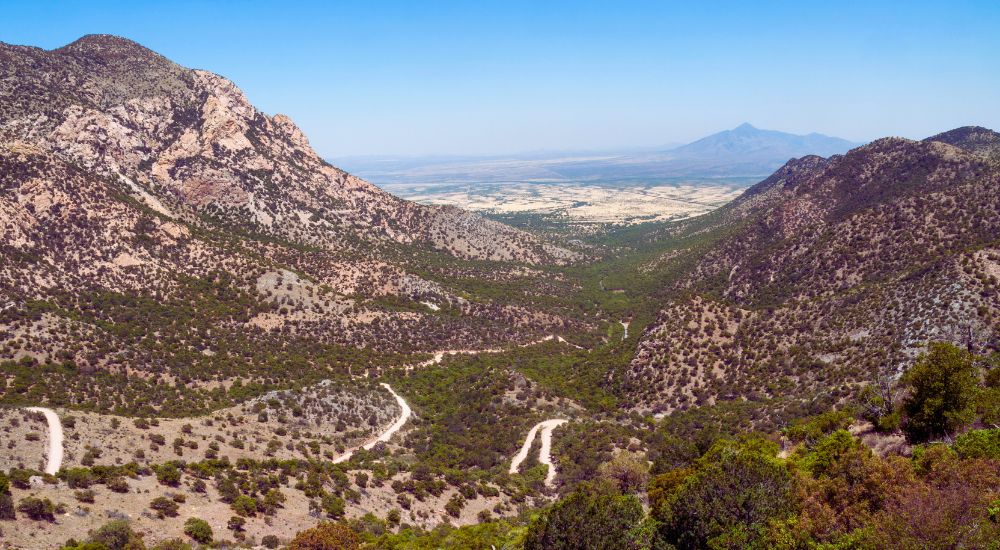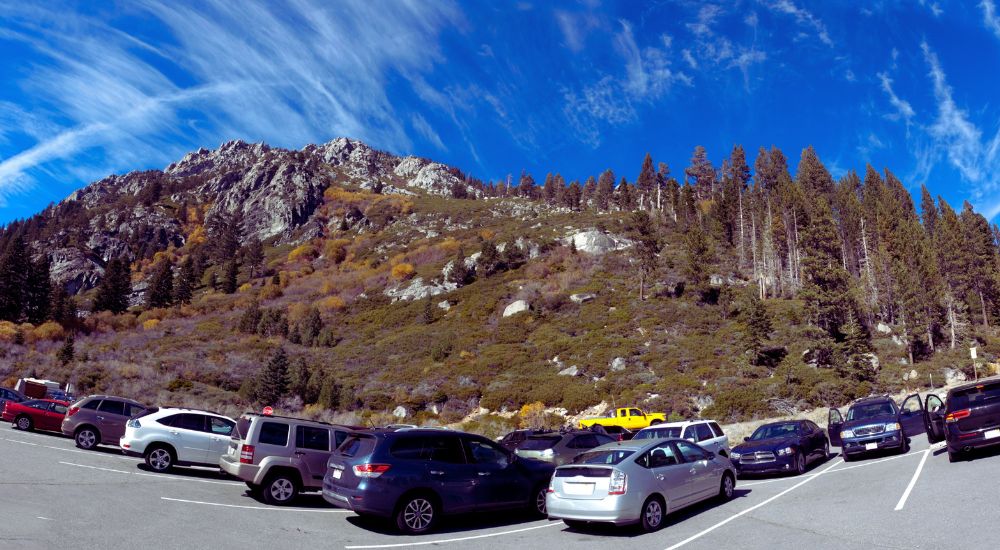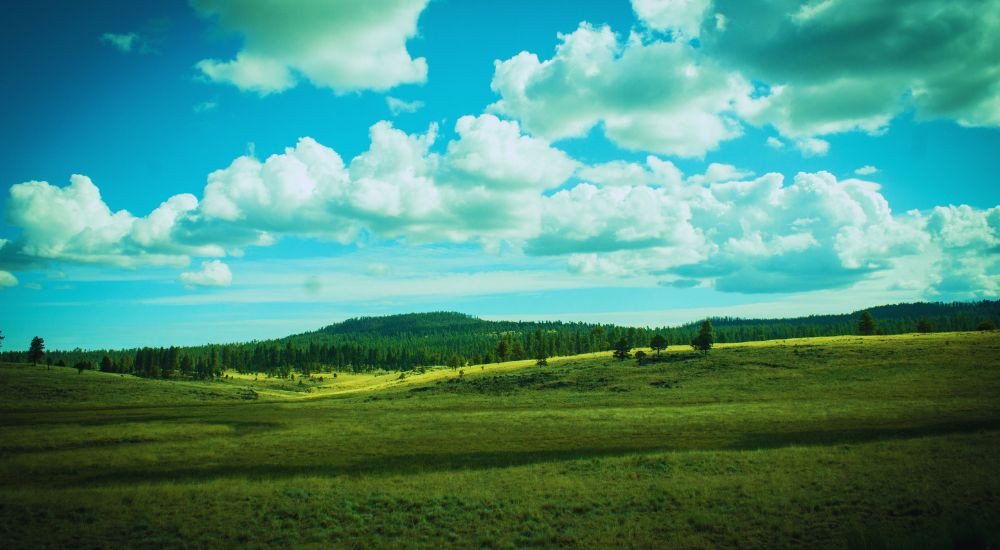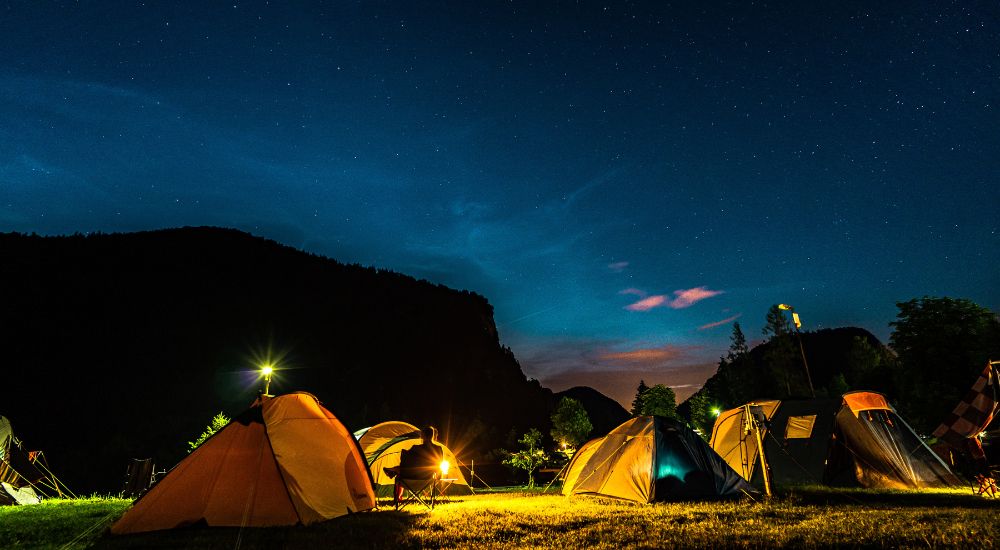Tucked away in eastern Arizona, the Coronado Trail offers one of the most scenic and adventurous drives in the American Southwest. Also known as U.S. Route 191, this winding highway stretches for over 120 miles through the Apache-Sitgreaves National Forest, offering travelers stunning views, lush forests, and historical significance. Whether you are a road trip enthusiast, nature lover, or history buff, the Coronado Trail Arizona experience is a must.
The Legacy of the Coronado Trail

Named after the Spanish explorer Francisco Vásquez de Coronado, who trekked through the region in the 1500s in search of the mythical Seven Cities of Gold, the trail holds deep historical roots. While Coronado never found the gold he sought, his journey through Arizona left a legacy that today lives on in this spectacular drive.
Driving the Coronado Trail today is to follow in the footsteps of history. Interpretive signs along the route offer insights into the Spanish expeditions, the indigenous Apache communities, and the early settlers who shaped the region.
Scenic Highlights Along the Coronado Trail


The Coronado Trail Arizona is not just about history it’s a visual treat. As you drive from Clifton to Springerville, you will encounter everything from dramatic mountain switchbacks to serene forest meadows.
Notable Points of Interest:
- Morenci Mine: One of the largest copper mines in North America.
- Blue Vista Point: Offers panoramic views perfect for photography.
- Alpine, AZ: A charming town nestled in the White Mountains.
- Escudilla Mountain: The third-highest peak in Arizona, ideal for hikers.
The elevation changes from 3,000 to over 9,000 feet mean you’re also treated to a variety of ecosystems, including desert landscapes, pine forests, and alpine meadows.
For more adventure in the area, read our guide to the Arizona National Scenic Trail.
Tips for Driving the Coronado Trail

This isn’t your typical highway. With over 400 curves in just 93 miles, the Coronado Trail is known for its twists, turns, and narrow passages. Here are a few tips to ensure a safe and enjoyable trip:
- Drive cautiously
- Check your vehicle
- Fuel up
- Pack supplies
The journey is best during the late spring to early fall months, as winter can bring snow and road closures.
Camping and Outdoor Activities


Camping along the Coronado Trail is a fantastic way to immerse yourself in the area’s natural beauty. The Apache-Sitgreaves National Forest provides numerous campgrounds and dispersed camping spots.
Popular campgrounds include:
- Hannagan Meadow Campground: Great for wildlife viewing.
- Blue River Campground: Offers fishing and secluded campsites.
Hiking trails, birdwatching areas, and fishing spots are scattered along the trail, making it a haven for outdoor lovers.
If you’re looking for more nature-based destinations, check out Petrified Forest National Park.
Local Culture and Cuisine

Exploring the Coronado Trail also introduces you to the local charm of small Arizona towns. Stop by towns like Alpine or Springerville to experience warm hospitality, local eateries, and Native American and Old West heritage.
Some recommended stops:
- Bear Wallow Cafe in Alpine
- Rendezvous Diner in Springerville
These communities often host seasonal events, farmers markets, and artisan fairs. To learn more about local heritage, visit the site for Arizona’s Events.
Conclusion: Why the Coronado Trail is a Must-Visit
The Coronado Trail Arizona is more than just a scenic drive it’s a gateway to the state’s rich history, natural beauty, and cultural diversity. From winding mountain roads to quiet forest trails, every mile of this route offers a new perspective and an unforgettable experience.
Whether you’re planning a day trip, a weekend getaway, or a longer adventure through Arizona, don’t miss the chance to explore one of the most beautiful and historic byways in the United States.
Pack your bags, fuel up, and get ready to take the road less traveled on Arizona’s unforgettable Coronado Trail.

